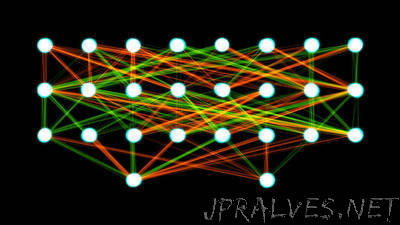
“Last month, Facebook announced software that could simply look at a photo and tell, for example, whether it was a picture of a cat or a dog. A related program identifies cancerous skin lesions as well as trained dermatologists can. Both technologies are based on neural networks, sophisticated computer algorithms at the cutting edge of artificial intelligence (AI)—but even their developers aren’t sure exactly how they work. Now, researchers have found a way to “look” at neural networks in action and see how they draw conclusions. Neural networks, also called neural nets, are loosely based on the brain’s use of layers of neurons working together. Like the human brain, they aren’t hard-wired to produce a specific result—they “learn” on training sets of data, making and reinforcing connections between multiple inputs. A neural net might have a layer of neurons that look at pixels and a layer that looks at edges, like the outline of a person against a background. After being trained on thousands or millions of data points, a neural network algorithm will come up with its own rules on how to process new data. But it’s unclear what the algorithm is using from those data to come to its conclusions.”
